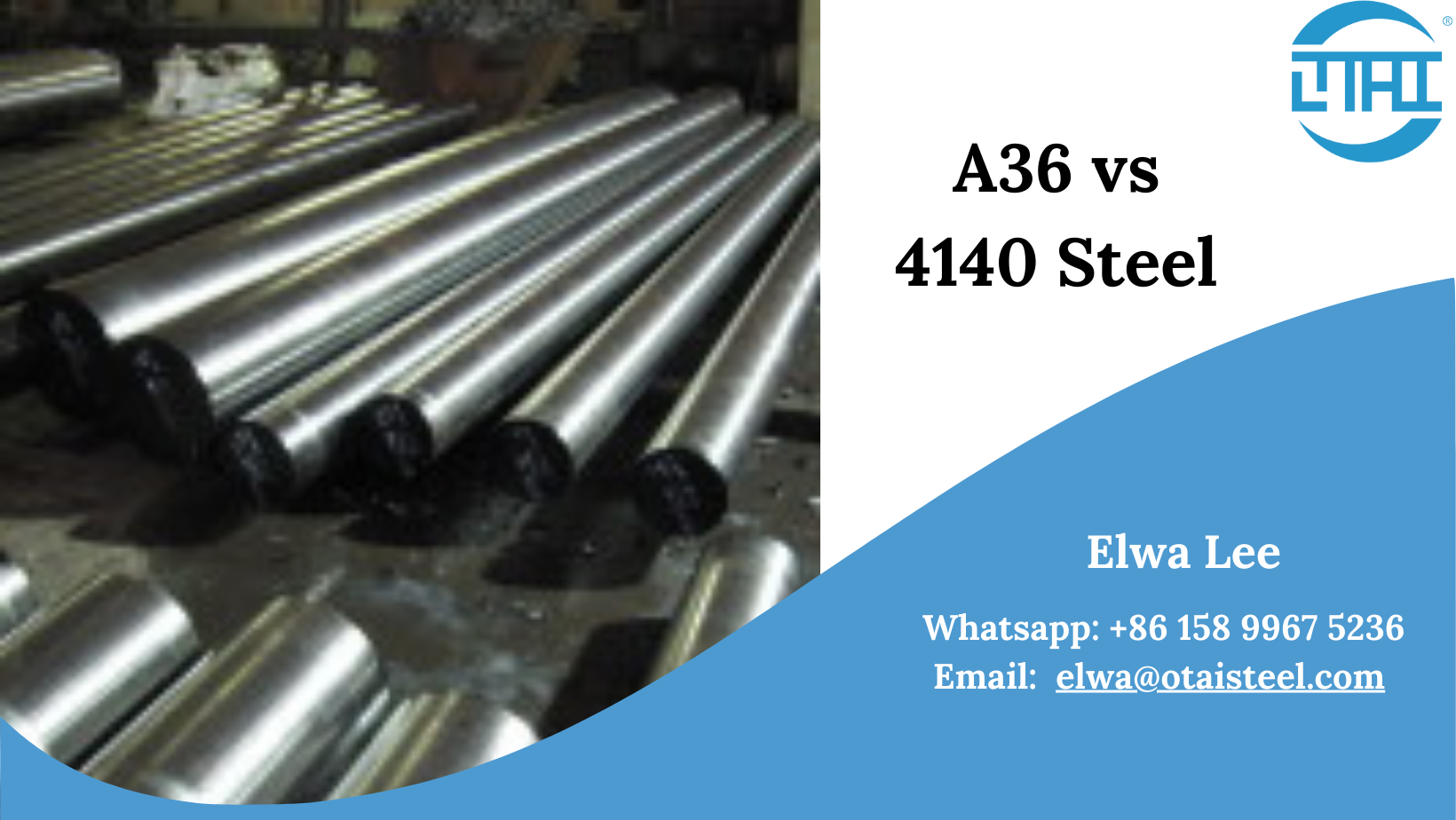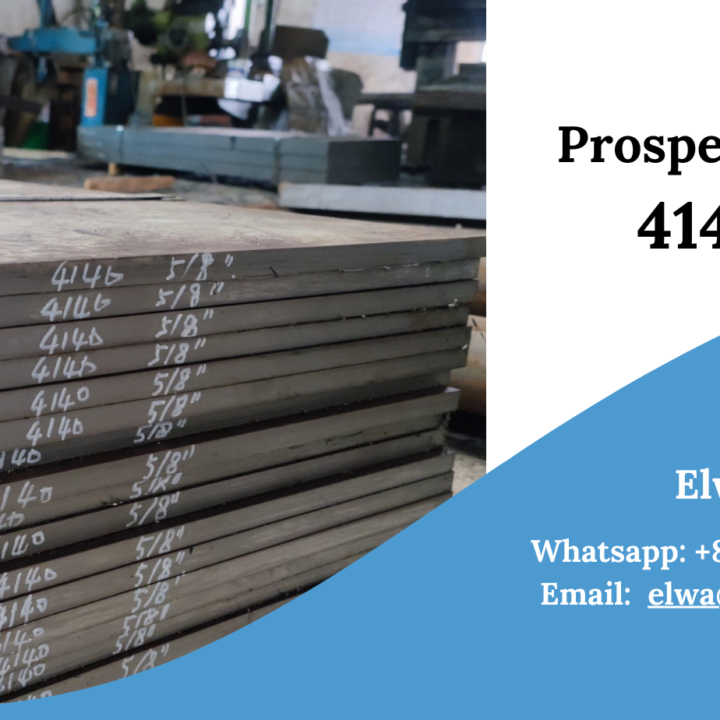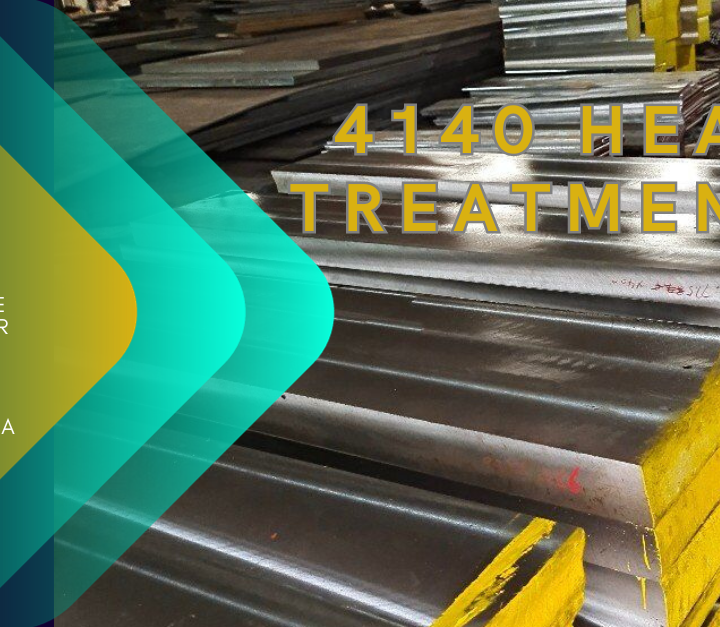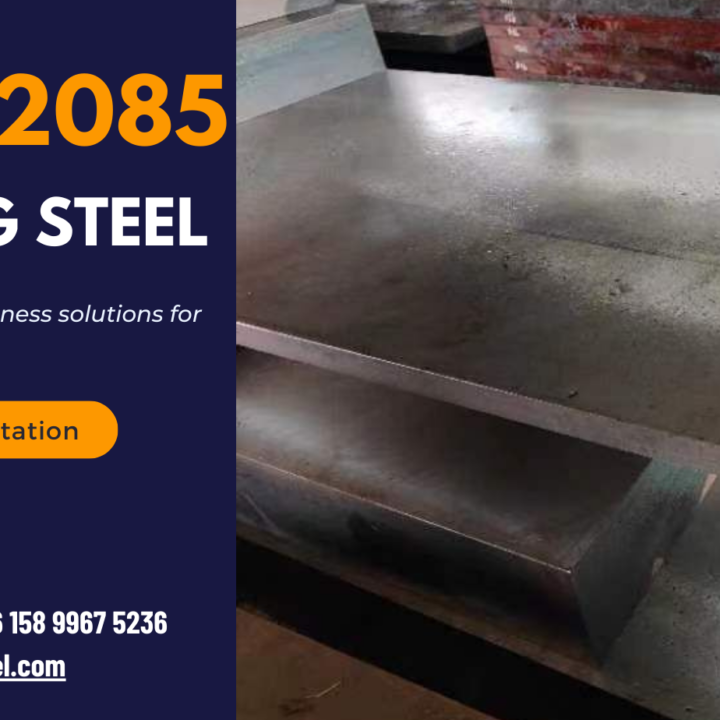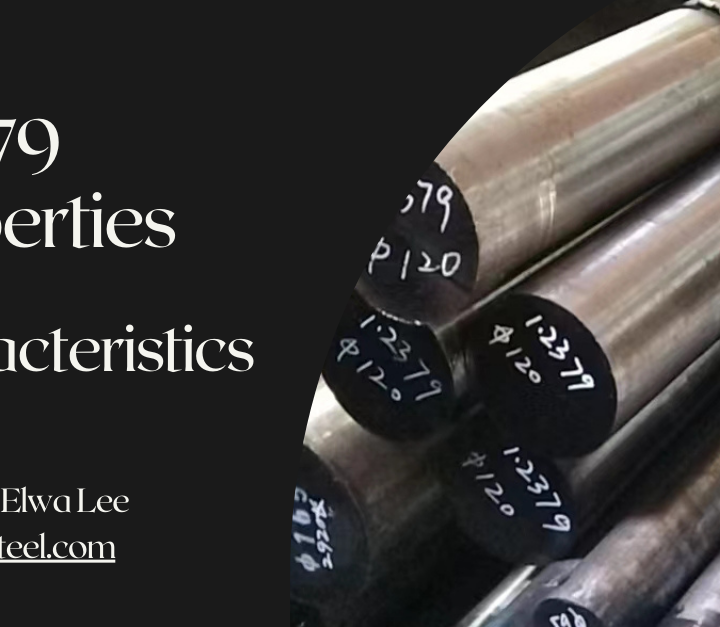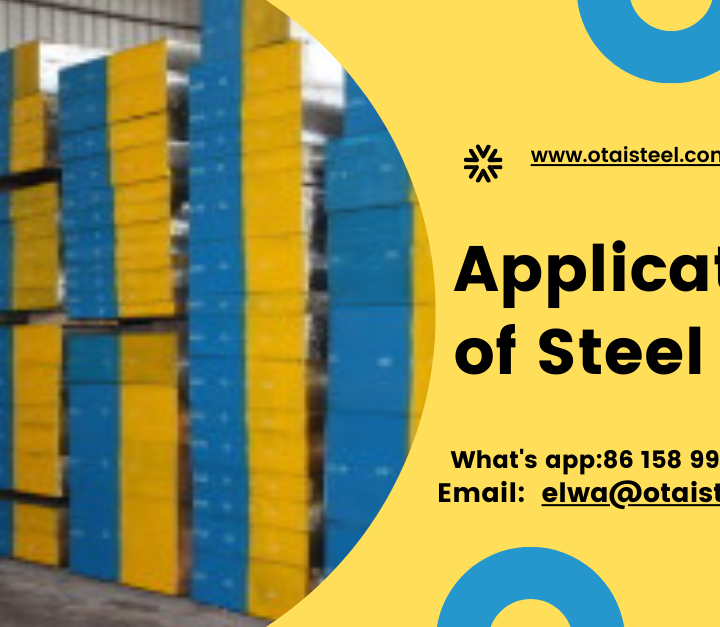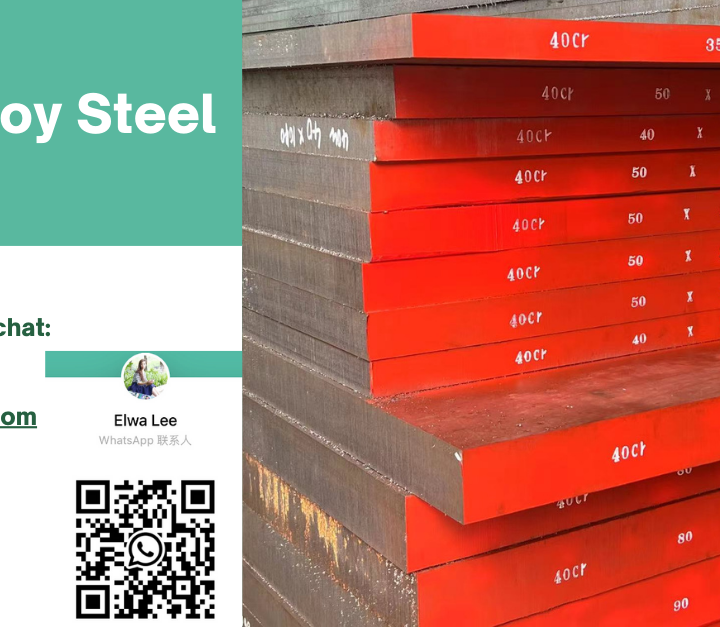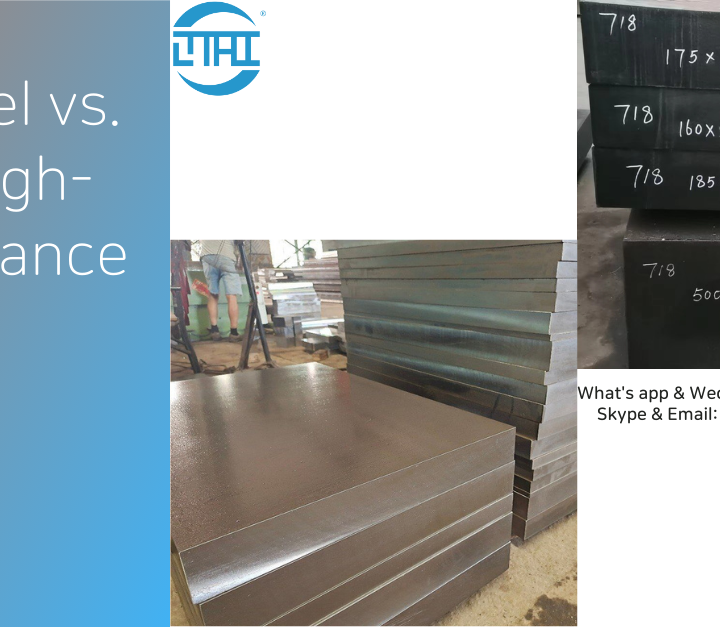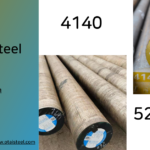In the world of materials and metallurgy, the choice of steel can significantly influence the success of a project. A36 and 4140 are two common steel grades with distinct properties, each suitable for a wide range of applications. In this comprehensive comparison, we will delve into the fundamental properties of A36 and 4140 steel. By the end of this article, you will have a clear understanding of the differences between these two materials, enabling you to make informed decisions in selecting the right steel for your specific needs.
Understanding A36 Steel
A36 steel, also known as ASTM A36, is one of the most widely used structural steel grades, known for its versatility and favorable properties. A36 steel offers moderate to high tensile strength, making it suitable for structural applications. It also exhibits excellent ductility, allowing it to be easily shaped, bent, or welded without sacrificing structural integrity. It is known for its exceptional weldability, making it a preferred choice for construction and structural welding applications. A36 steel is relatively easy to machine, especially when compared to harder alloy steels like 4140.
Understanding 4140 Steel
4140 steel, also known as AISI 4140, is a versatile alloy steel celebrated for its favorable properties. 4140 steel offers exceptional tensile strength, making it suitable for applications that require high-strength materials, such as machine parts and gears. It can achieve significant hardness levels through heat treatment, enhancing its wear resistance and durability. It also exhibits good wear resistance, which is beneficial in applications that involve friction and abrasion. It possesses excellent toughness, enabling it to withstand substantial impact loads without fracturing. While not as easy to machine as A36 steel, it is still machinable with the right techniques.
Comparing Key Properties
Let’s now compare the key properties of A36 and 4140 steel:
Strength
- A36 Steel: A36 steel offers moderate to high tensile strength, suitable for general structural applications.
- 4140 Steel: 4140 steel has exceptional tensile strength, making it ideal for high-stress applications in machinery and automotive components.
Hardness
- A36 Steel: A36 steel is not known for its hardness, which may affect its wear resistance in applications with abrasive conditions.
- 4140 Steel: 4140 steel can achieve significant hardness levels through heat treatment, enhancing its wear resistance and durability.
Ductility
- A36 Steel: A36 steel exhibits excellent ductility, allowing it to be easily shaped, bent, or welded without sacrificing structural integrity.
- 4140 Steel: While it possesses good toughness, 4140 steel may be more brittle compared to A36 steel, particularly in high-impact applications.
Weldability
- A36 Steel: A36 steel is celebrated for its exceptional weldability, making it a preferred choice for construction and structural welding applications.
- 4140 Steel: Welding 4140 steel can be challenging, and post-weld heat treatment is often necessary to maintain its properties.
Machinability
- A36 Steel: A36 steel is relatively easy to machine, particularly when compared to harder alloy steels like 4140.
- 4140 Steel: While not as easy to machine as A36 steel, it is still machinable with the right techniques.
Applications
- A36 Steel: A36 steel is primarily used in general structural and construction applications, including building construction and bridges.
- 4140 Steel: 4140 steel is employed in machinery, automotive components, and aerospace parts, where high strength and wear resistance are essential.
Conclusion
In conclusion, A36 and 4140 steel are two distinct materials, each with a unique set of properties, strengths, and weaknesses. The choice between them should be based on the specific requirements of your project. If you need a versatile, easily machinable, and weldable steel for general structural applications, A36 steel is a solid choice. However, if your project demands high strength, wear resistance, and toughness, 4140 steel is the material of choice. Understanding the fundamental properties of each steel type is crucial for selecting the one that best meets your project’s needs.
